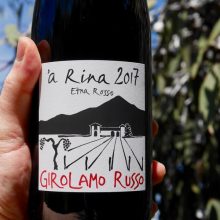
Product information
Girolamo Russo ‘a Rina Etna Rosso 2017
$57
Description
The colour paler than the 2016’s and 15’s. Proving that you don’t judge a book by it’s cover the Arina has plenty of flavour. Very together and expressive with a little flinty note. Supple and fine the line of acid is juicy and helps keep the red fruited flavours fresh and vibrant. Genoristy balanced with elegance in the context of Etna. There’s plenty going on here.
Out of stock
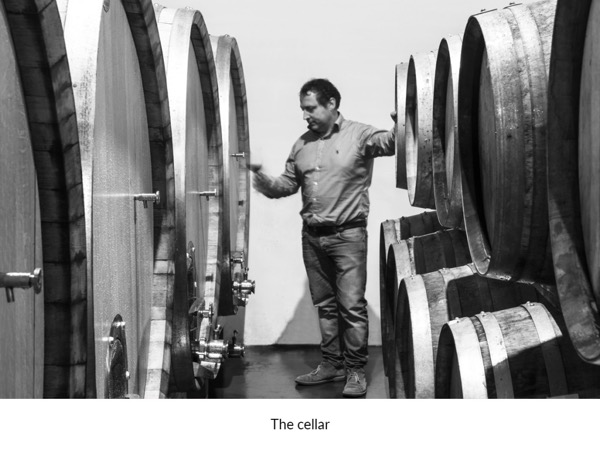
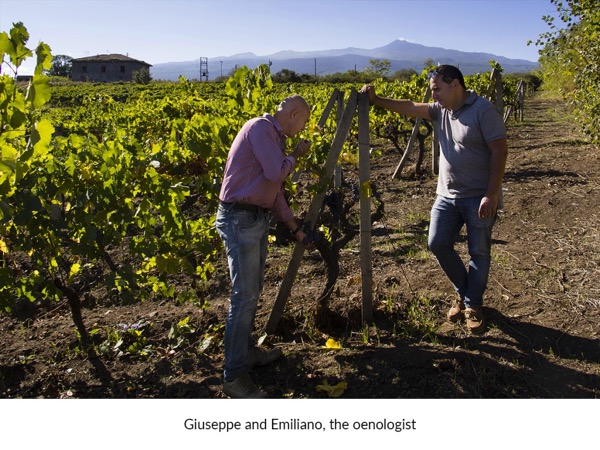

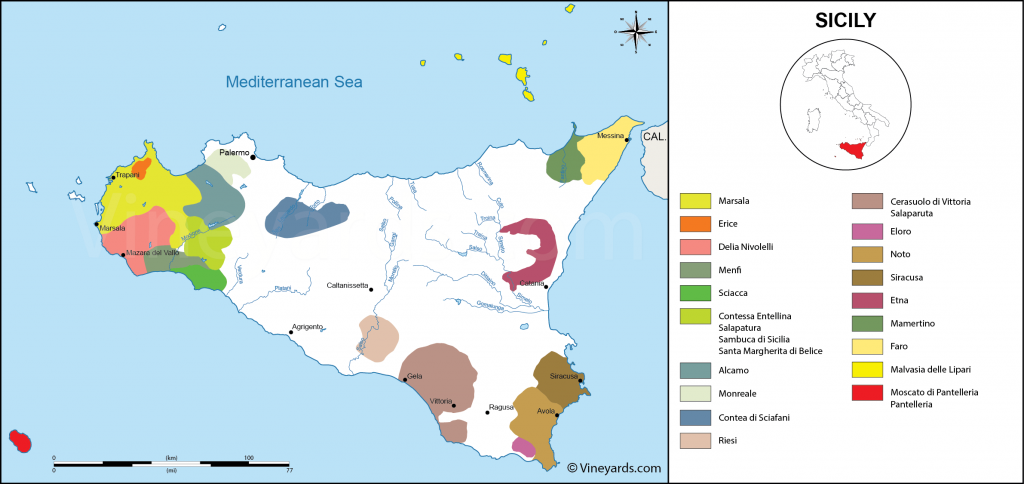
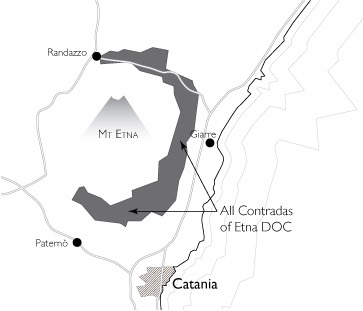
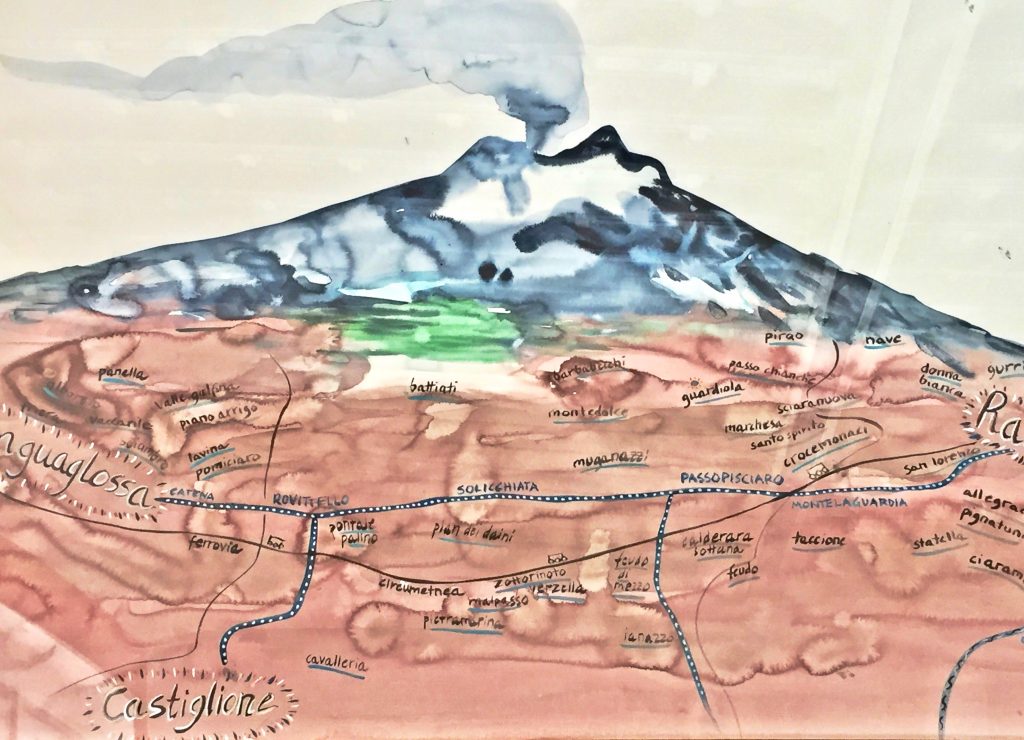
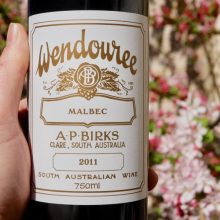
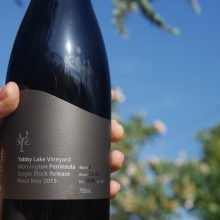
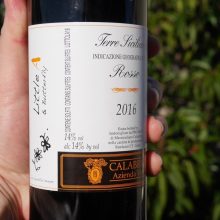
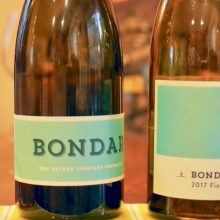
You must be logged in to post a comment.